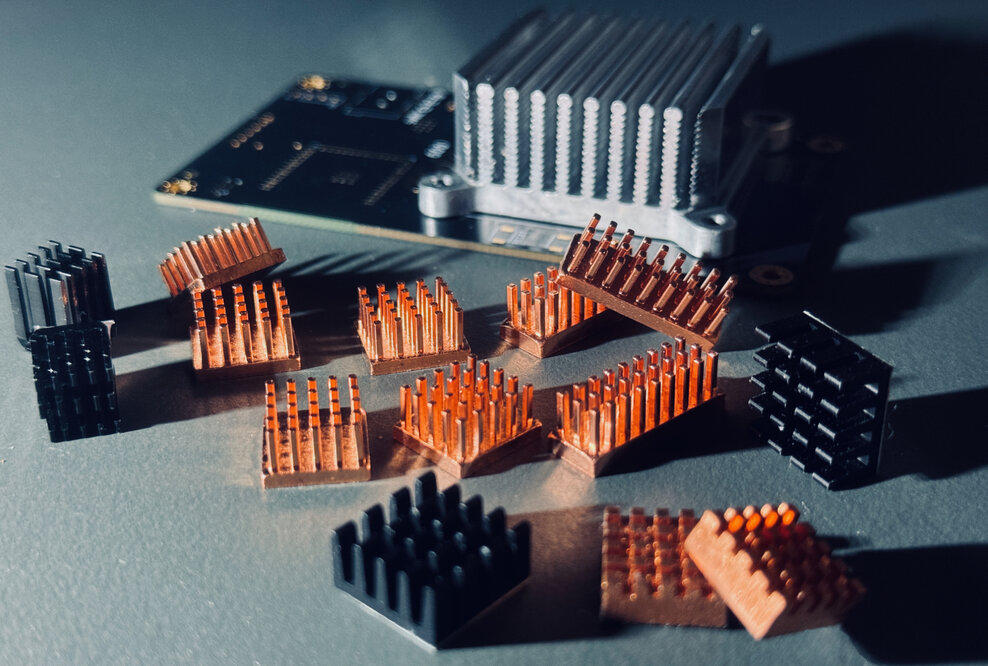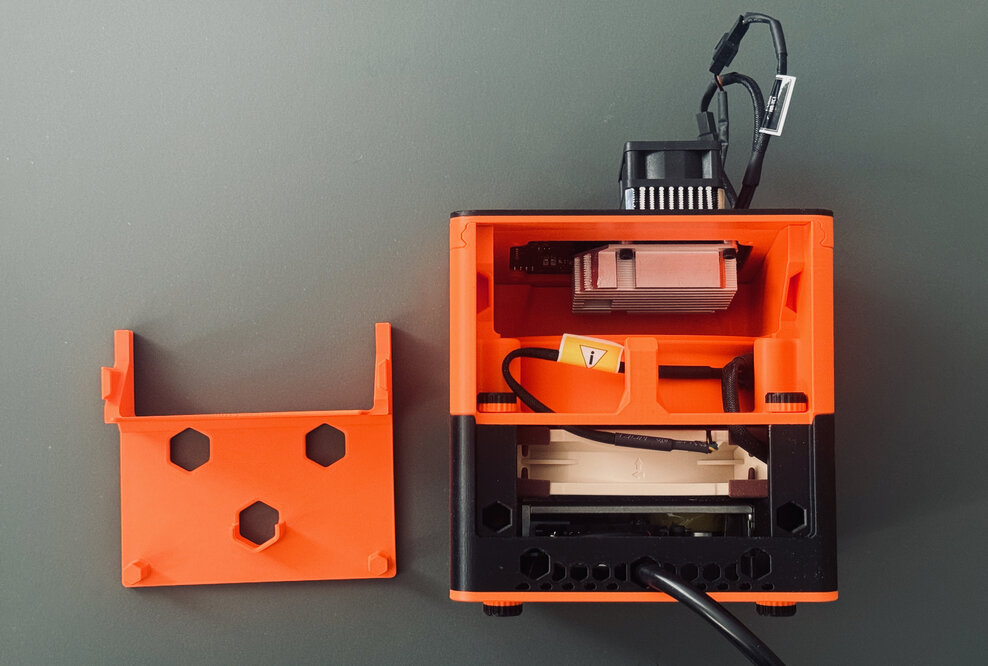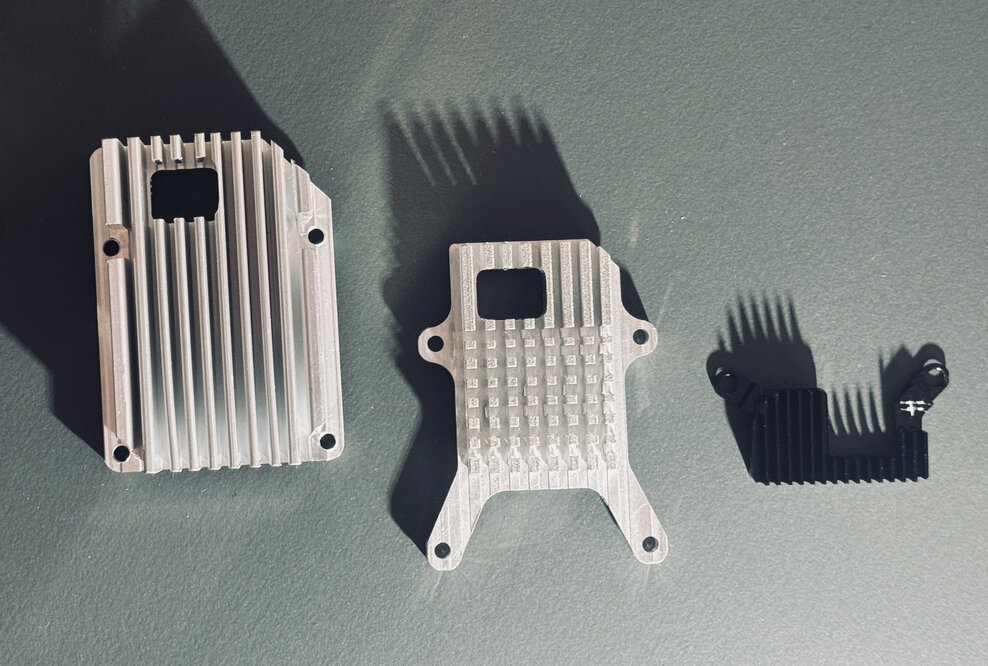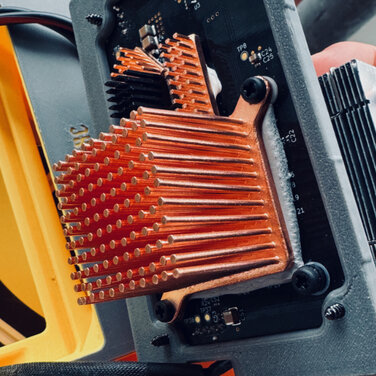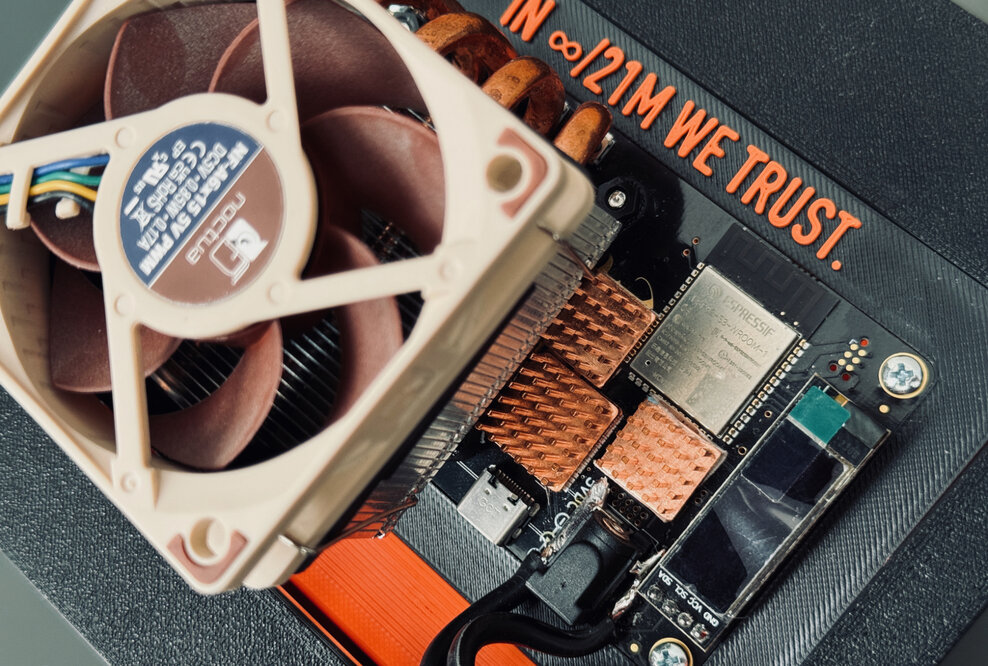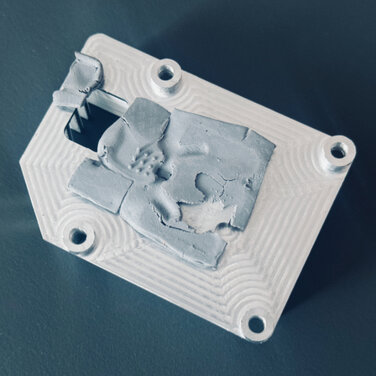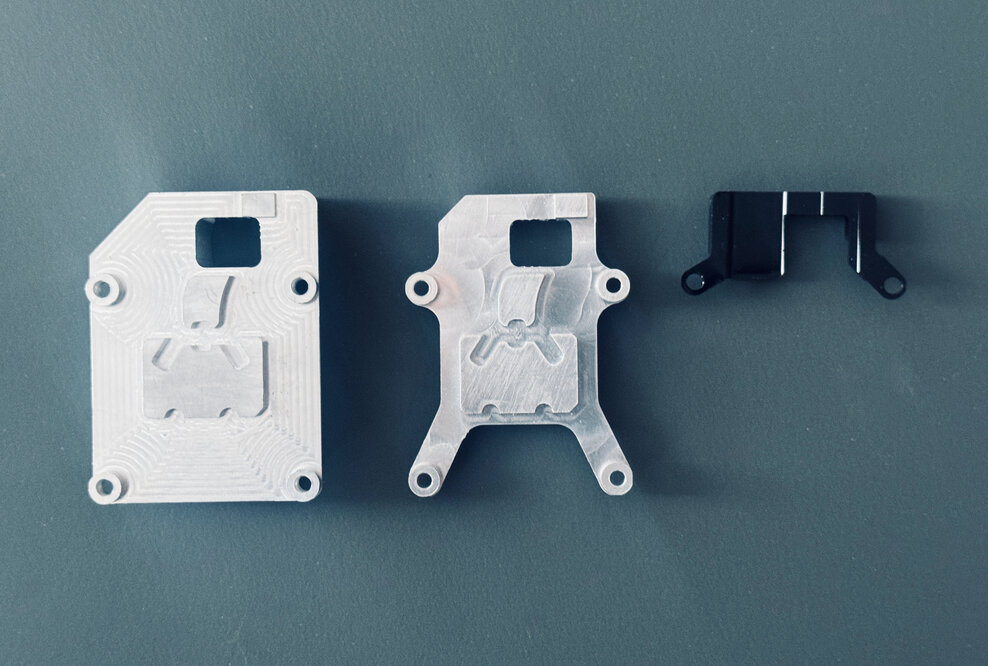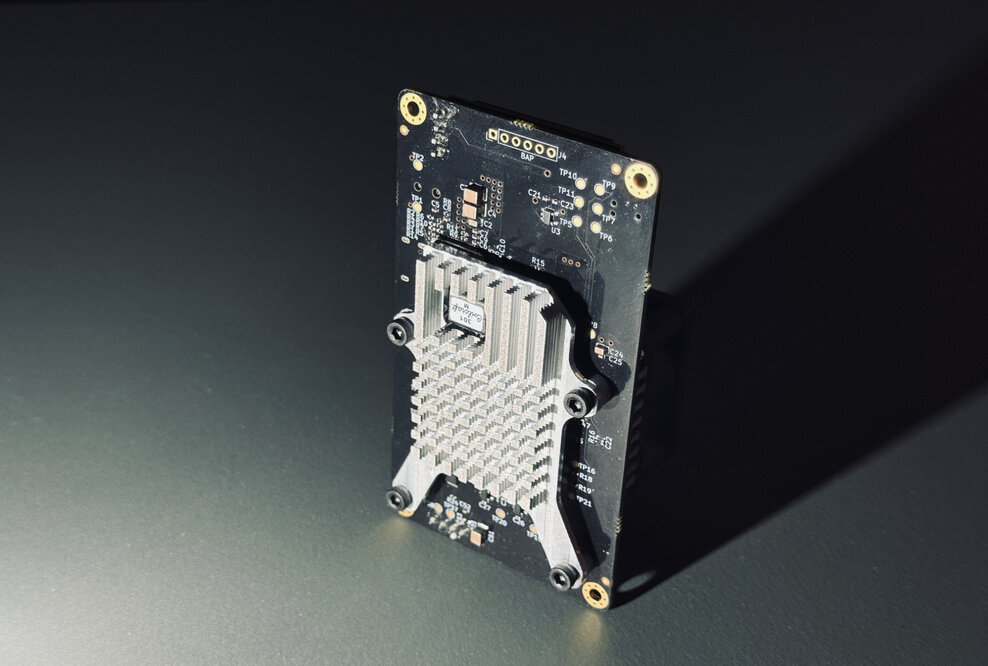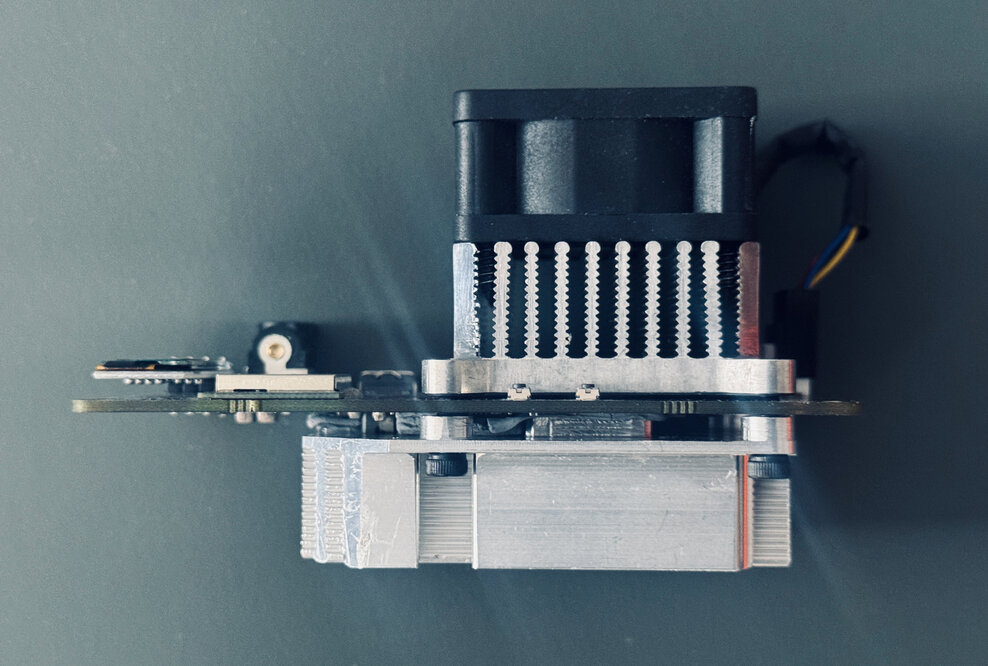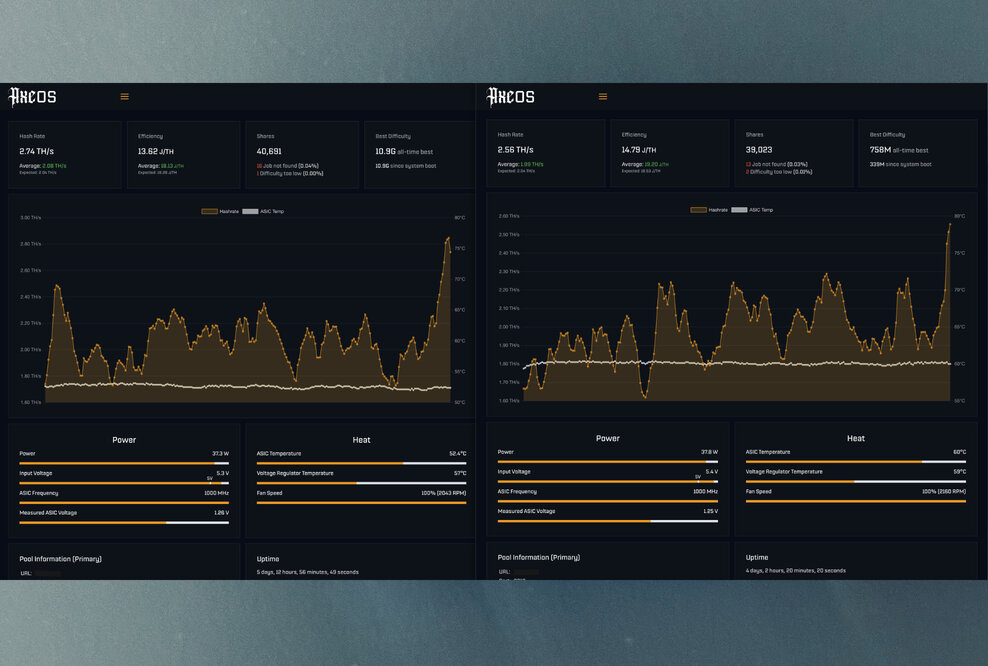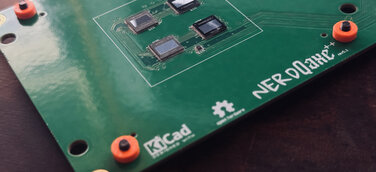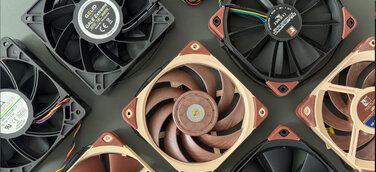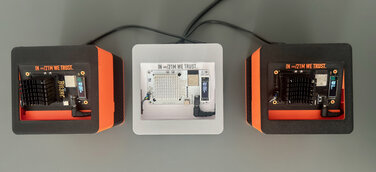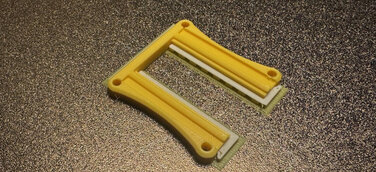In addition to cooling the ASIC processor, which is no longer a problem thanks to the currently best 52Pi low-profile cooler, the temperature of the VREGs plays an important role - chips that are too hot affect the functioning of the small home miner. However, this is not only due to the PCB heating up and thus also the incredible heating of the surrounding components, but also to a significant increase in power consumption. The cooler the VREGs are, the less energy the Bitaxe Gamma consumes, which is very expensive in many countries and also reduces the service life of the small miner.
With well-thought-out and coordinated cooling concepts such as the OC'axe, various tests have confirmed that good cooling not only increases performance but also significantly reduces power consumption. In the best case scenario, it is therefore not very wise to run the Bitaxe with the standard fan.

